
This website uses cookies to ensure you get the best experience on our website.
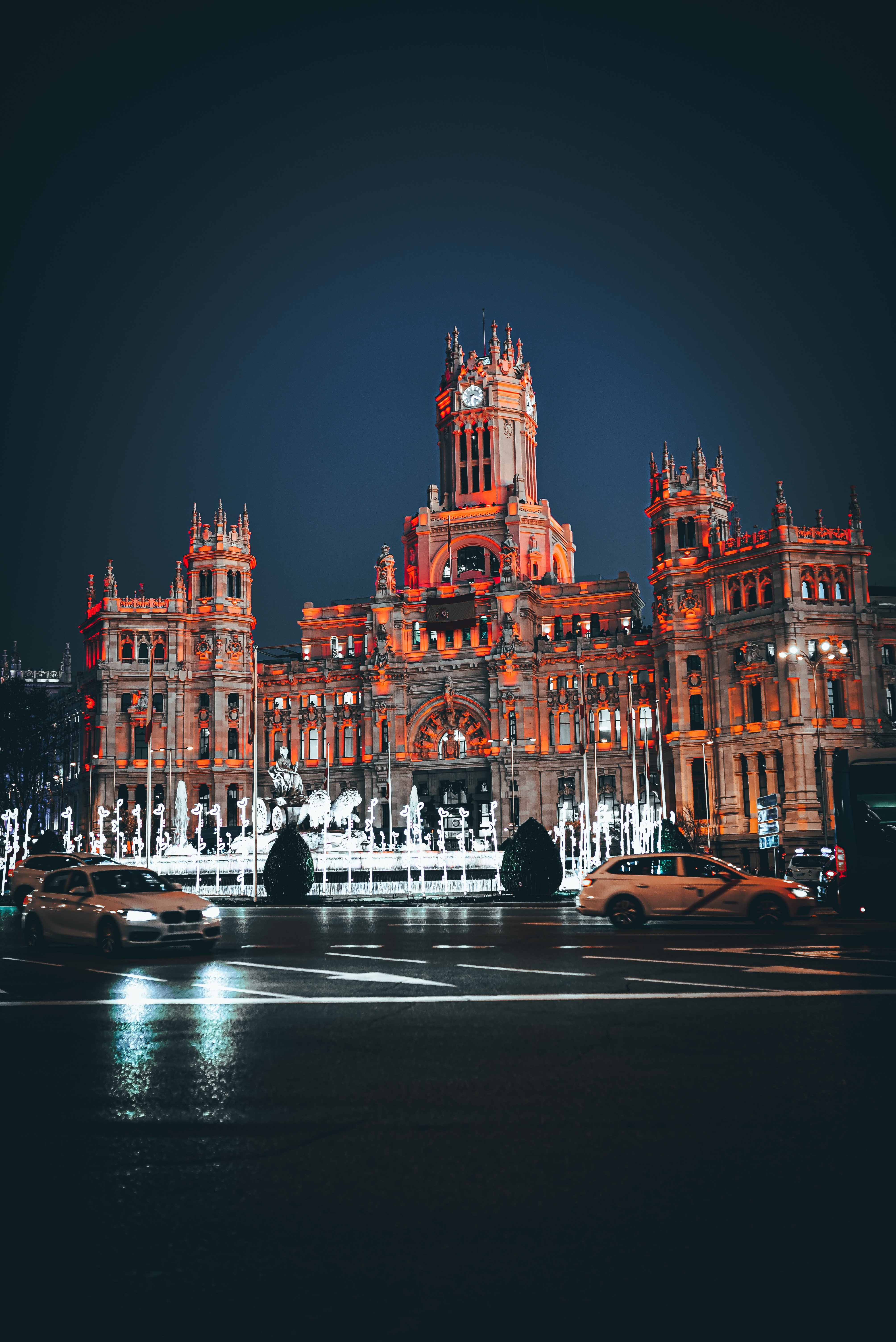
Explore the vibrant heart of Spain with Madrid's bustling streets, Barcelona's artistic flair, Valencia's futuristic architecture, Granada's Moorish palaces, and Sevilla's traditional flamenco rhythms.

Madrid, Spain's central capital, is a city known for its elegant boulevards, expansive parks, rich cultural heritage, and vibrant nightlife. It is home to the Royal Palace, the Prado Museum, and the famous Retiro Park.
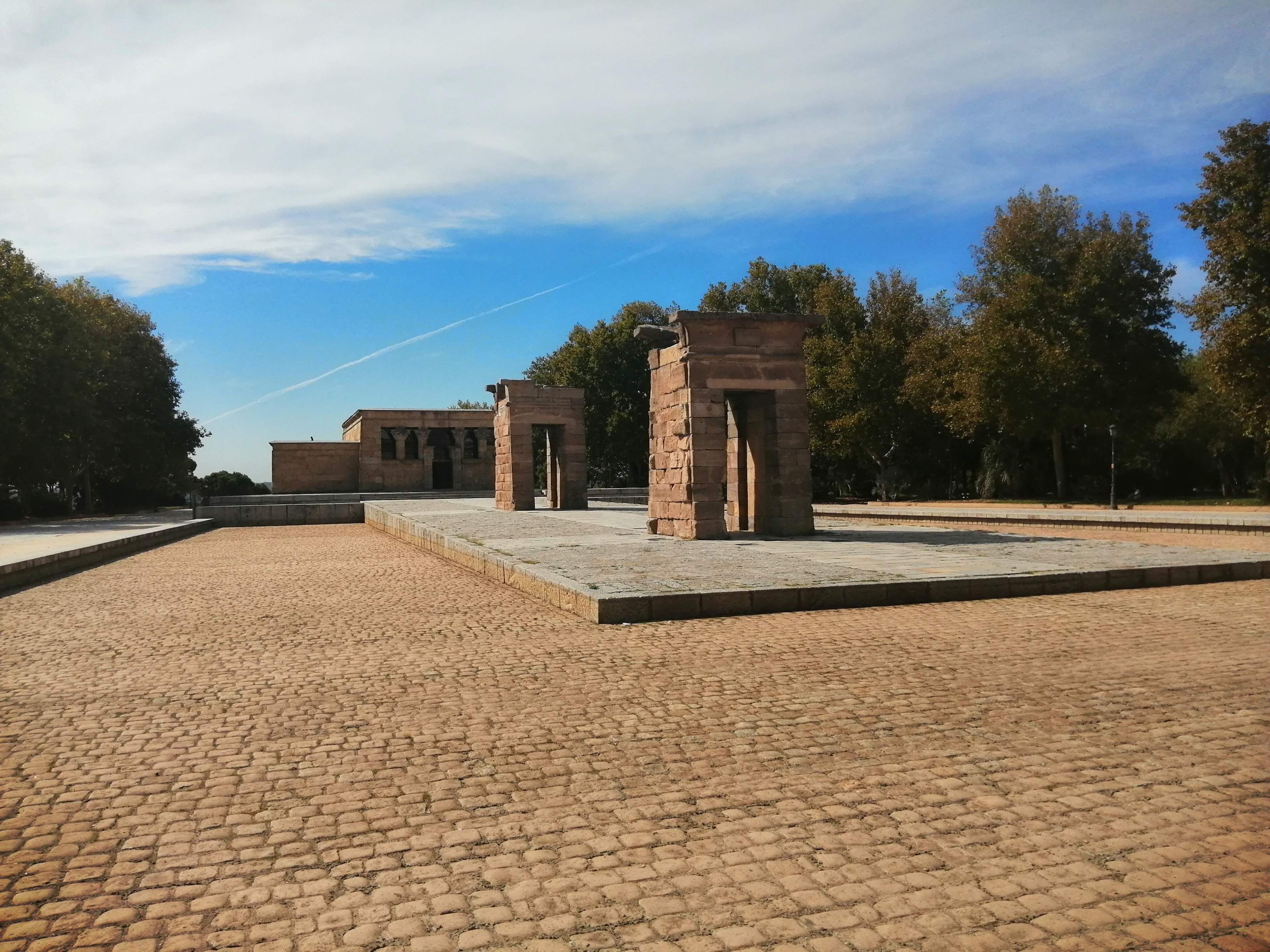
Madrid, Spain's central capital, is a city known for its elegant boulevards, expansive parks, rich cultural heritage, and vibrant nightlife. It is home to the Royal Palace, the Prado Museum, and the famous Retiro Park.
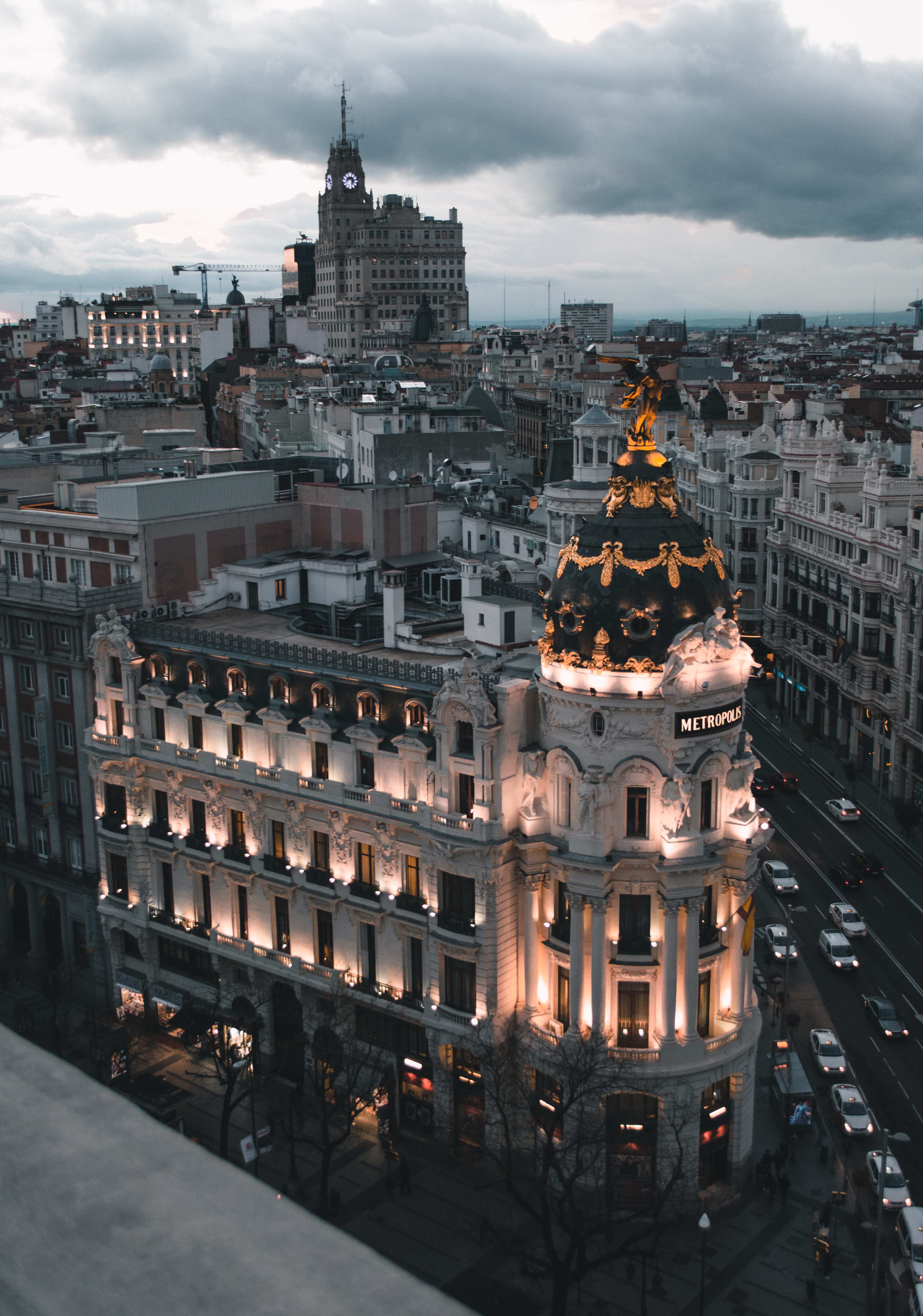
Madrid, Spain's central capital, is a city known for its elegant boulevards, expansive parks, rich cultural heritage, and vibrant nightlife. It is home to the Royal Palace, the Prado Museum, and the famous Retiro Park.



Museo Nacional del Prado, located in Madrid, Spain, is one of the most renowned art museums in the world. Its impressive collection features masterpieces from Spanish, Italian, and Flemish artists, including works by Francisco Goya, Diego Velázquez, and Hieronymus Bosch. The museum is housed in a beautiful 18th-century building designed by architect Juan de Villanueva. Visitors can marvel at more than 7,000 paintings, 1,000 sculptures, and 8,000 drawings, as well as many other artistic and historical treasures.
Spread across 350 acres, El Retiro Park is the largest and one of the most popular parks in Madrid. Composed of beautiful gardens, monuments, and galleries, there is something for everyone. One of the park's highlights is the crystal palace, a majestic glass structure that hosts exhibitions. Do not miss the serene boat ride at the park's lake, feeding the friendly squirrels and watching free outdoor performances on weekends. El Retiro Park also hosts the annual book fair and various cultural events throughout the year.
Located in the heart of Madrid, Puerta del Sol serves as the symbolic center of Spain. This bustling, historic square is surrounded by shops, restaurants, and historical sites. The famous clock 'Reloj de Gobernación' strikes the official beginning of the New Year and the iconic 'El Oso y El Madroño' statue represents the symbol of the city. From here, you can easily access other must-see locations like Plaza Mayor, the Royal Palace, and Gran Via.
The Royal Palace of Madrid, located in the heart of Spain's vibrant capital city, is the official residence of the Spanish royal family. This magnificent palace, which covers an area of 135,000 square meters, was built from 1738 to 1759 for King Philip V. Today, with over 2,800 richly decorated rooms, the palace serves as a symbol of Spain's historic and artistic heritage. The palace is adorned with distinguished paintings by Goya, Velázquez, and other renowned artists, and it features exquisite frescoes on its vaulted ceilings. Visitors can explore various rooms, including the Throne Room, Banqueting Hall, and Royal Pharmacy, and admire the palace's stunning architecture and sprawling gardens.
The Mercado de San Miguel in Madrid is a historic and vibrant market, showcasing the finest Spanish gastronomy and fresh produce. Established in 1916, the market is a perfect blend of tradition and modernity, with a beautiful Beaux-Arts structure that charms locals and tourists alike. Visitors can savor delicious tapas, Iberian ham, local cheeses, olives, and seafood at the numerous stalls, or taste-sip vermouth, wine, and craft beer from a wide array of bars. Don't forget to treat yourself to delectable desserts, like pastries, churros, and chocolate.
Located in Madrid, the Museo Nacional Centro de Arte Reina Sofía is a renowned art museum showcasing 20th-century pieces from Spanish and international artists. The museum's most famous work is Pablo Picasso's Guernica, a powerful depiction of the horrors of war. Visitors can also admire brilliant works by Salvador Dalí, Joan Miró, and other avant-garde artists. In addition to its impressive permanent collection, the museum features rotating exhibitions, events, and educational programs, ensuring an enriching experience for all.
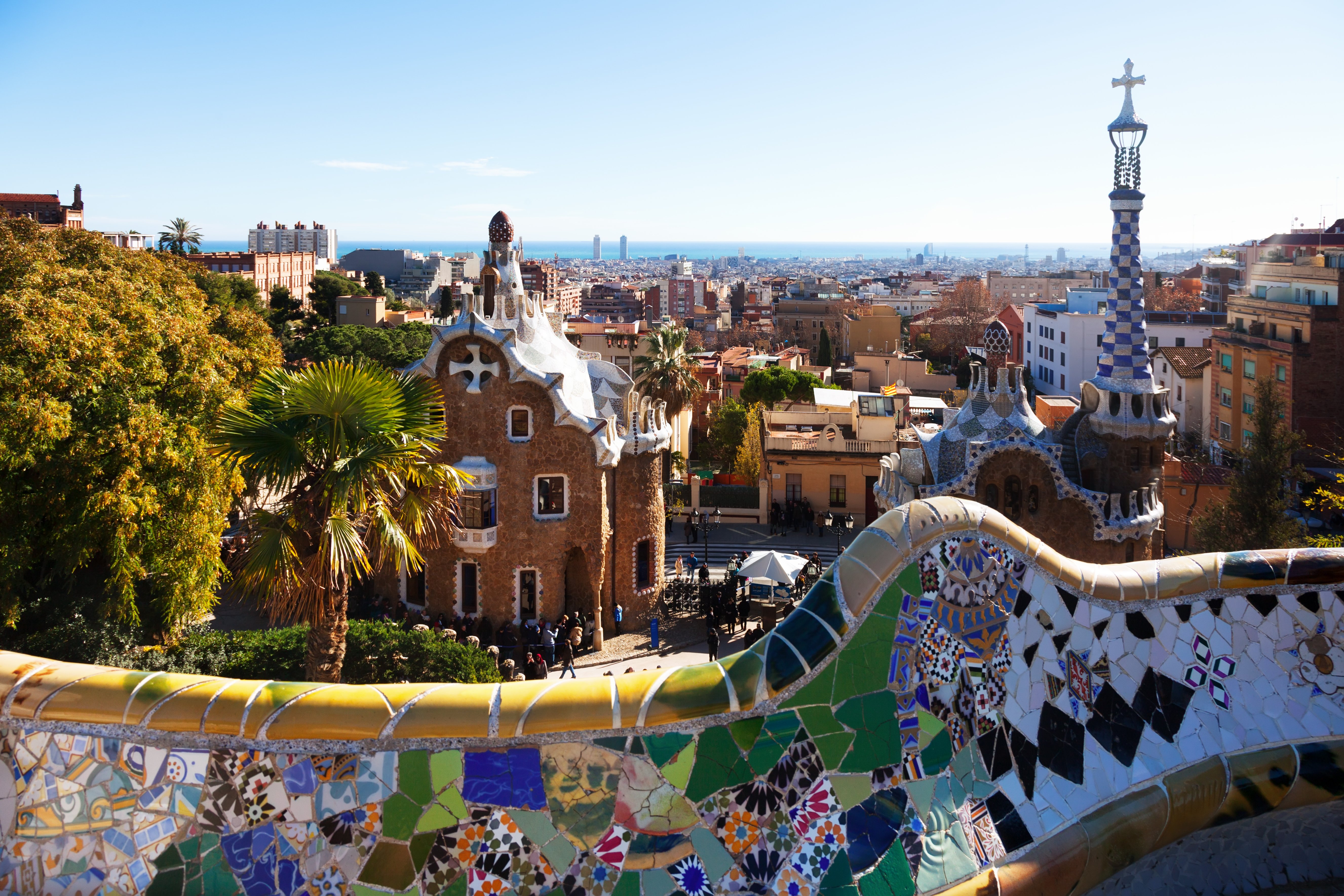
Barcelona, the cosmopolitan capital of Spain's Catalonia region, is known for its art and architecture. The fantastical Sagrada Família church and other modernist landmarks designed by Antoni Gaudí dot the city.
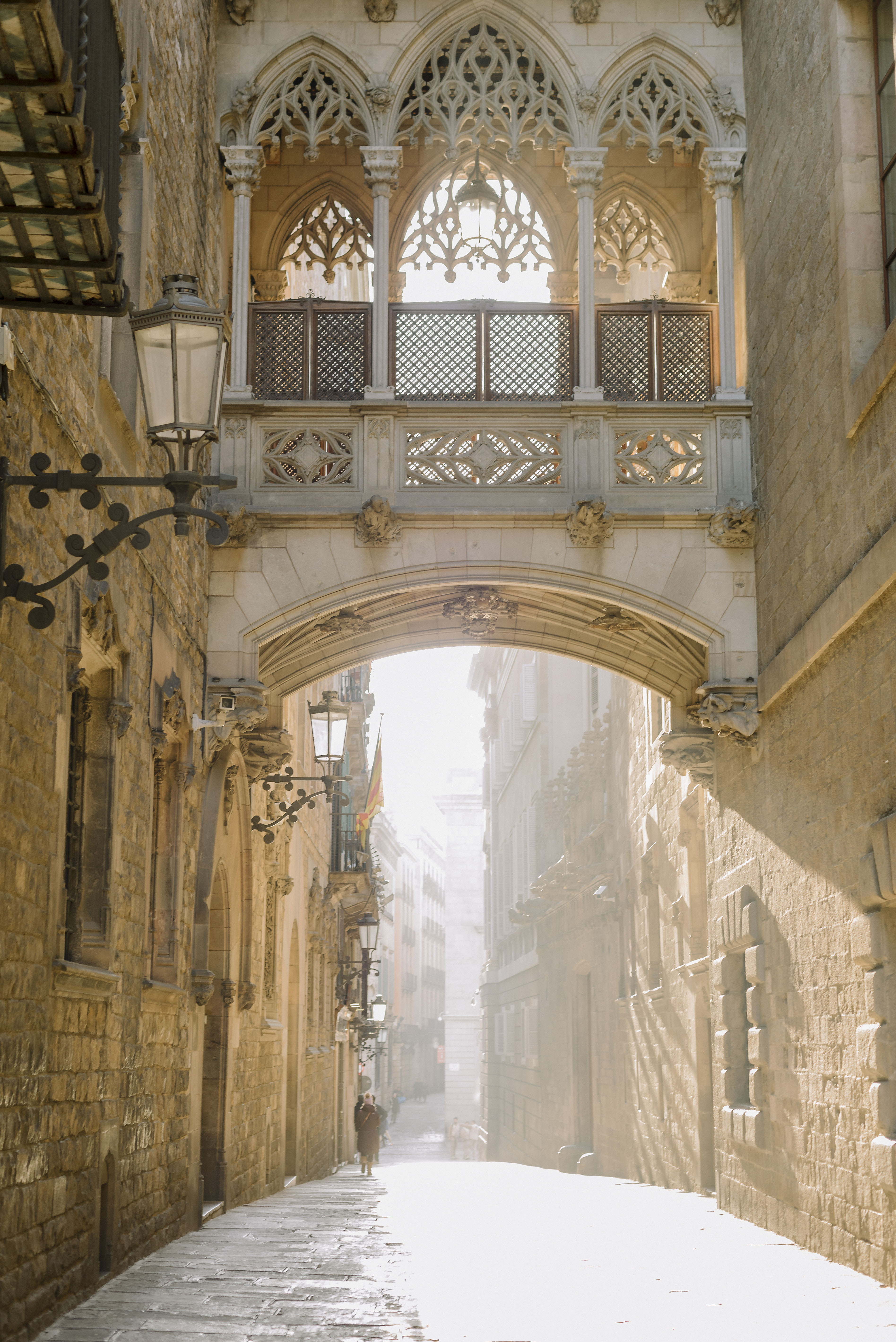
Barcelona, the cosmopolitan capital of Spain's Catalonia region, is known for its art and architecture. The fantastical Sagrada Família church and other modernist landmarks designed by Antoni Gaudí dot the city.
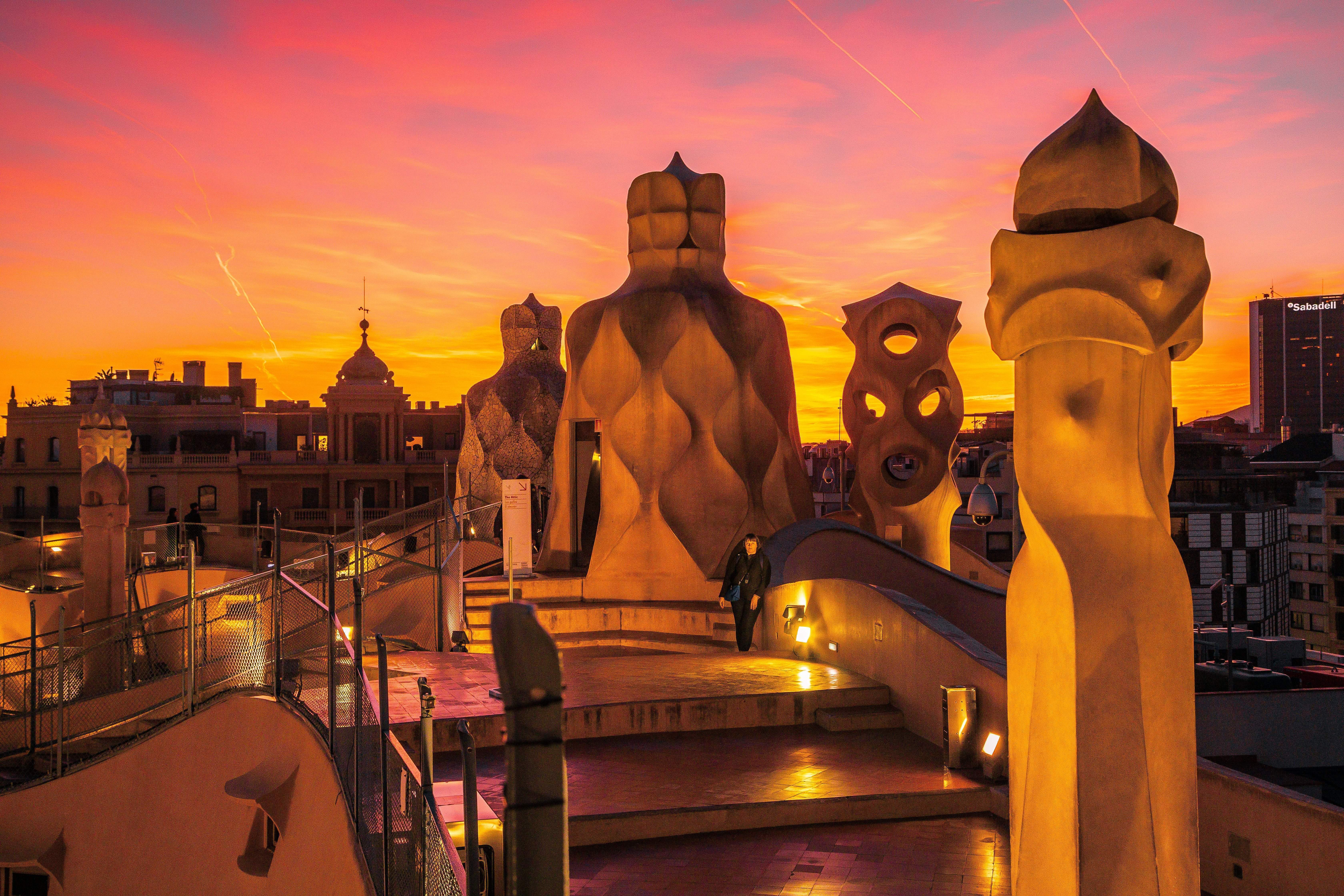
Barcelona, the cosmopolitan capital of Spain's Catalonia region, is known for its art and architecture. The fantastical Sagrada Família church and other modernist landmarks designed by Antoni Gaudí dot the city.



La Sagrada Familia is an iconic basilica in Barcelona, Catalonia, Spain, designed by renowned architect Antoni Gaudí. This monumental Roman Catholic church is renowned for its captivating combination of Gothic and Art Nouveau styles. Though its construction began in 1882, the basilica is still incomplete, with an expected completion date in 2026. Despite its unfinished state, La Sagrada Familia attracts millions of visitors worldwide who marvel at its intricate facades, towering spires, and stunning stained glass windows. It was declared a UNESCO World Heritage Site in 2005, further solidifying its importance within the global architectural landscape.
Park Güell is a breathtaking public park system composed of beautiful gardens and unique architectonic elements located in Barcelona, Catalonia, Spain. Designed by the famous architect Antoni Gaudí, this UNESCO World Heritage Site is a perfect example of his unique and imaginative Art Nouveau style. The park features monumental staircases, decorated ceramic benches, awe-inspiring stonework, and various whimsical structures. The vibrant mosaic work, inspired by natural shapes, blends seamlessly with the stunning landscape, offering visitors a serene escape from the bustling city. A visit to Park Güell will leave you inspired and amazed by Gaudí's unparalleled artistic vision.
La Rambla, a tree-lined pedestrian street, stretches for 1.2 kilometers connecting Plaça de Catalunya in the center to the Christopher Columbus Monument at Port Vell. It is located in the heart of Barcelona, Catalonia, and is a popular destination for both tourists and locals to enjoy restaurants, shopping, and street performances. The lively atmosphere and rich history make La Rambla a must-visit destination in Barcelona. Notable attractions along La Rambla include the Gran Teatre del Liceu, the Palau Güell, and La Boqueria market, where one can find various food stalls, souvenir shops, and Flamenco shows.
The Gothic Quarter, also known as Barri Gòtic, is a historic district in the heart of Barcelona, boasting narrow cobblestone streets, stunning medieval architecture, and rich history. This iconic area is famous for its ancient Roman walls and the stunning Barcelona Cathedral filled with gothic art. As you wander through the labyrinth of narrow streets, you'll find unique boutiques, cozy cafes, and lively plazas. At night, the neighborhood comes alive with vibrant tapas bars and restaurants, offering a true taste of Spanish culture.
Casa Batlló, an architectural masterpiece designed by the renowned architect Antoni Gaudí, is one of the top attractions in Barcelona, Catalonia. This iconic modernist building features a unique façade with colorful mosaic tiles, wave-like balconies, and an organic feel inspired by nature. The interior is a work of art, showcasing Gaudi's creativity and attention to detail through its use of curves, skylights, and innovative design elements. Step into Casa Batlló and experience the vibrant energy and imagination of Gaudí's world.
Camp Nou, located in Barcelona, Catalonia, is the home stadium of FC Barcelona - one of the most iconic football clubs in the world. With a seating capacity of 99,354, it is the largest stadium in Spain and Europe. The stadium, which opened in 1957, boasts a rich history and has hosted numerous high-profile sports events, including FIFA World Cup matches and UEFA Champions League finals. Its museum, 'FC Barcelona Museum,' attracts millions of football enthusiasts every year, showcasing a vast collection of trophies, personal memorabilia of players, and interactive displays.
The Picasso Museum in Barcelona is a key reference for understanding the formative years of Pablo Picasso. The genius of the young artist is revealed through the more than 4,000 works that make up the permanent collection. Furthermore, the museum also offers a continuous program of temporary exhibits and educational activities. Located in the historic La Ribera neighborhood, the museum's collection highlights the artist's deep connection to the city and boasts the most extensive collection of Picasso’s early works, as well as later masterpieces.
Montserrat, a breathtaking mountain range near Barcelona, is not just famous for its picturesque views but also for its rich history. Home to the Santa Maria de Montserrat Abbey perched high above the valley, Montserrat has been a significant pilgrimage site for centuries. The Royal Basilica houses the revered statue of the Black Madonna, drawing flocks of devotees every year. The mountain's unique needle-like formations invite hikers and nature enthusiasts to explore the enchanting trails. Montserrat's blend of spirituality, history, and natural beauty make it a must-visit destination while in Catalonia.
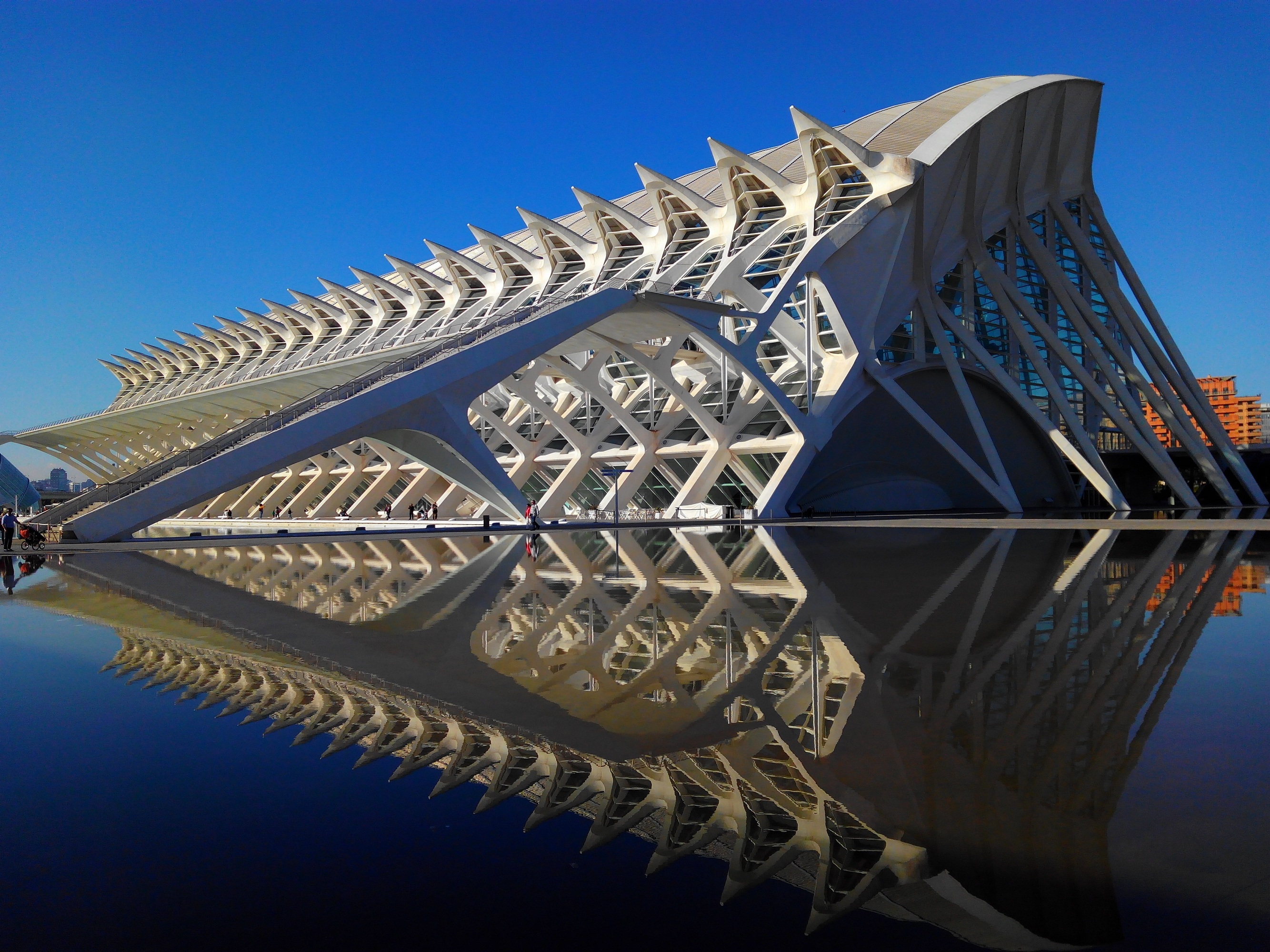
Valencia is a vibrant city on the Mediterranean coast of Spain, famous for its futuristic architecture, beautiful old town, and the lively festivals. It is the third-largest city in Spain and offers visitors a fascinating blend of history, cuisine, and culture.
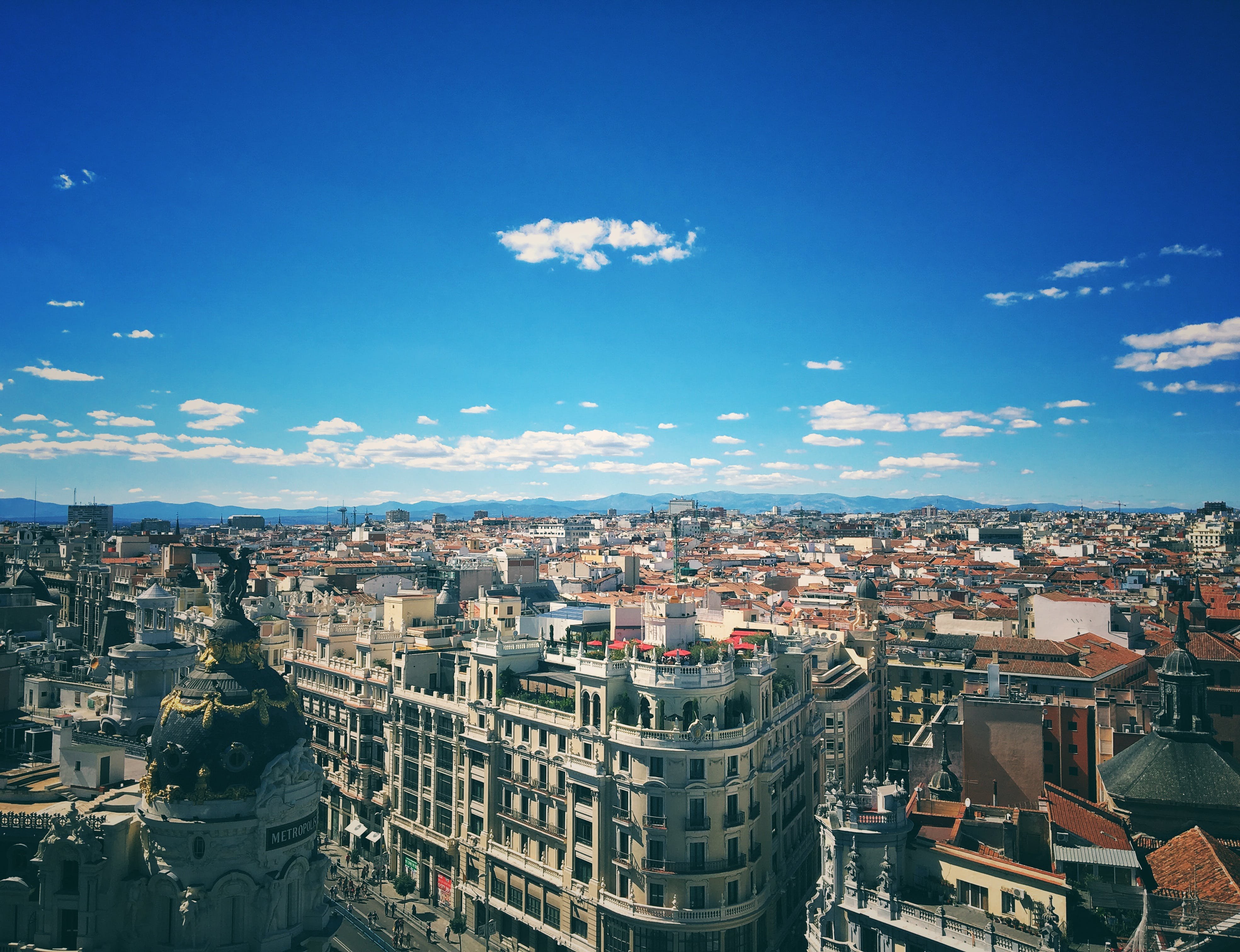
Valencia is a vibrant city on the Mediterranean coast of Spain, famous for its futuristic architecture, beautiful old town, and the lively festivals. It is the third-largest city in Spain and offers visitors a fascinating blend of history, cuisine, and culture.
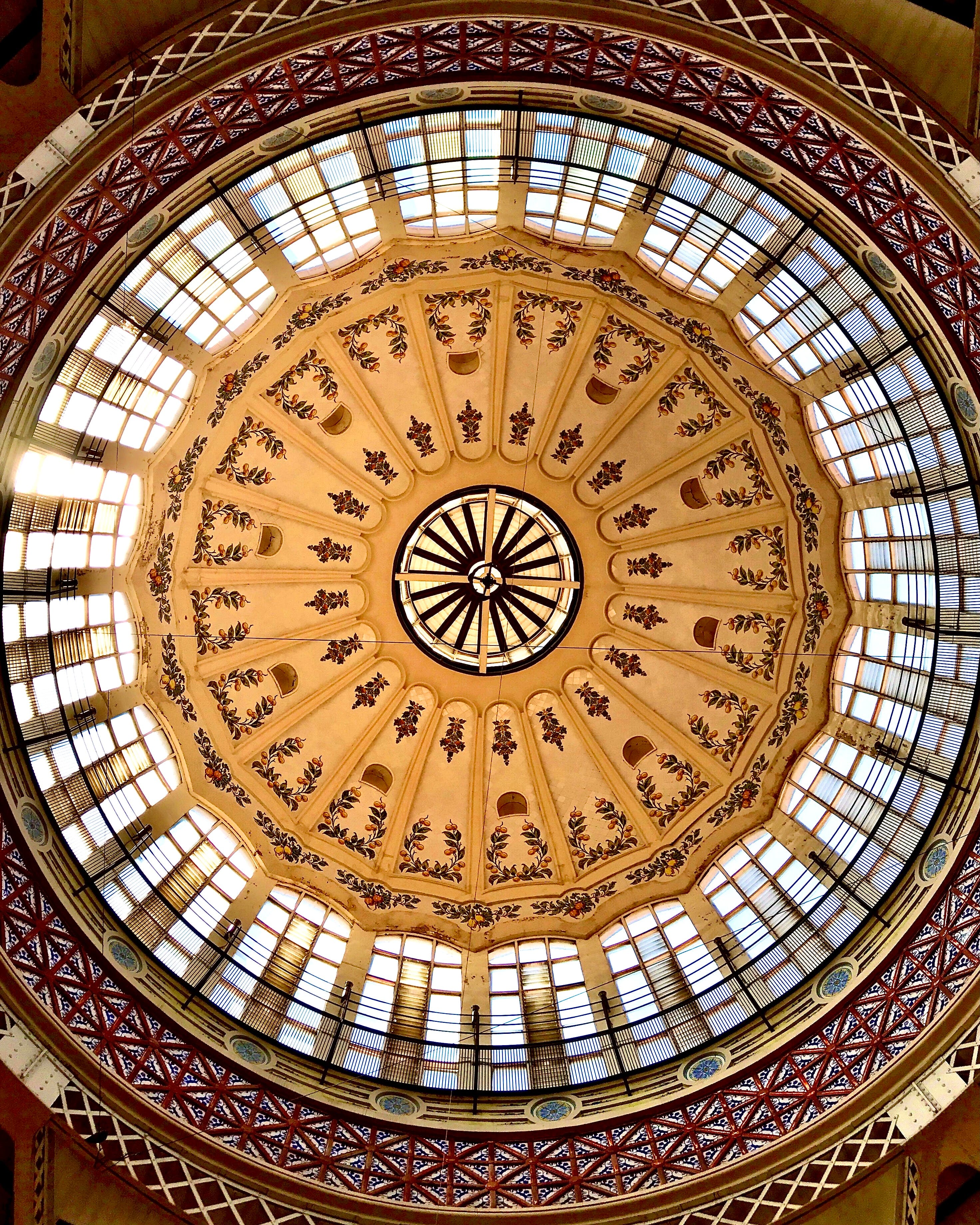
Valencia is a vibrant city on the Mediterranean coast of Spain, famous for its futuristic architecture, beautiful old town, and the lively festivals. It is the third-largest city in Spain and offers visitors a fascinating blend of history, cuisine, and culture.



The City Museum of Fine Arts of Valencia, also known as Museo de Bellas Artes de Valencia, is a renowned destination for art lovers. Located in the charming city of Valencia, Spain, this museum showcases an impressive collection of remarkable artworks dating back to the 14th century. Home to masterpieces from the likes of Diego Velázquez, El Greco, and Francisco Goya, this museum not only offers a visual journey through Spain's rich art history but also provides insight into the evolution of European art. Wander through its vast halls and admire the intricately carved sculptures, ornate Baroque altarpieces, and vibrant Renaissance paintings that adorn its walls.
The Central Market of Valencia, also known as Mercado Central, is one of the oldest and largest public markets in Europe. It was inaugurated in 1928 and showcases stunning Valencian architecture with its intricate modernist facade and colorful stained glass. The market houses more than 900 food stalls, offering visitors a wide selection of fresh local products such as fish, meats, cheeses, fruits, vegetables, and even gourmet specialties. Don't miss the beautiful ceramics and hand-painted tiles adorning the market's exterior, as well as the lively atmosphere that is sure to delight all your senses.
Valencia Bioparc is a unique and immersive zoo experience located in the heart of Valencia, Spain. Covering an area of 100,000 square meters, the park is designed to provide an environment that closely mimics the natural habitats of various species of African wildlife, including elephants, giraffes, lions, gorillas, and many more. Visitors can walk through different landscapes, including the savannah, forests, and wetlands, witnessing these majestic creatures up close while learning about their biology and the conservation efforts being made to protect them. An experience for the whole family to enjoy!
Jardín del Turia is a picturesque 9-kilometer long park situated in the heart of Valencia, Spain. Once a riverbed, this area was transformed into a lush green space after a devastating flood in 1957. The park boasts a wide variety of flora and fauna, making it a popular spot for locals and tourists. There are numerous recreational facilities such as playgrounds, sports fields, and bike paths available for visitors to enjoy. In addition, Jardín del Turia houses several cultural attractions, including the City of Arts and Sciences, the Palau de la Música, and the iconic Gulliver Park.
Valencia Cathedral, also known as the Metropolitan Cathedral–Basilica of the Assumption of Our Lady of Valencia, is a stunning Gothic cathedral located in the heart of Valencia city, Spain's third-largest city. Built between the 13th to 15th centuries, this architectural masterpiece showcases various styles, including Romanesque, French Gothic, and Baroque. Don't miss its famous octagonal bell tower, named El Miguelete, which offers breathtaking views of the city. Valencia Cathedral is also known for housing the Holy Grail, the chalice used by Jesus Christ during the Last Supper.
Albufera de València is a beautiful natural park located on the outskirts of the city of Valencia, Spain. This picturesque park is home to a large, shallow coastal lagoon that boasts a wide range of unique flora and fauna, making it an exceptional bird-watching destination. The park itself covers an area of around 21,000 hectares and provides an idyllic setting for visitors to experience the stunning Mediterranean landscape, with its lush marshes, sand dunes, rice fields, and crystal-clear waters. For those looking to explore the rich biodiversity and natural beauty of the Valencian coastline, Albufera de València is a must-visit attraction.
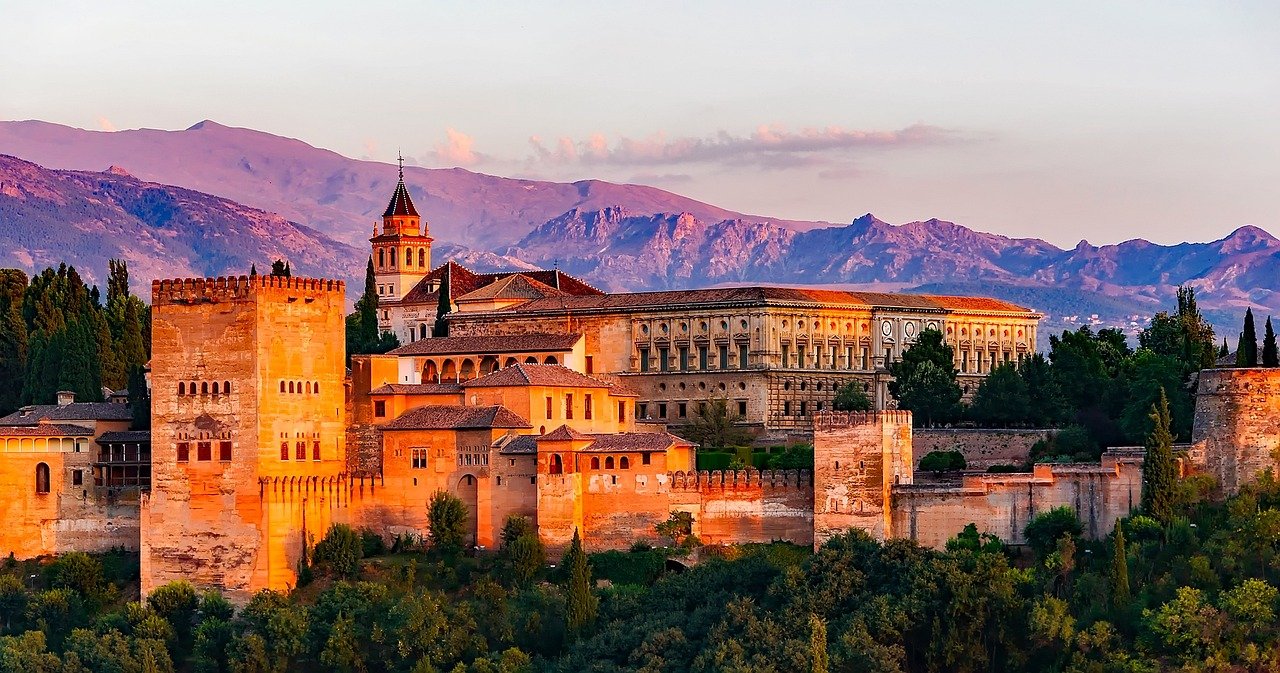
Granada is a stunning Spanish city located in the region of Andalusia. It's famous for the Alhambra, a Moorish palace and fortress that attracts millions of visitors each year. The city is also known for its rich history, vibrant culture, and delicious tapas.
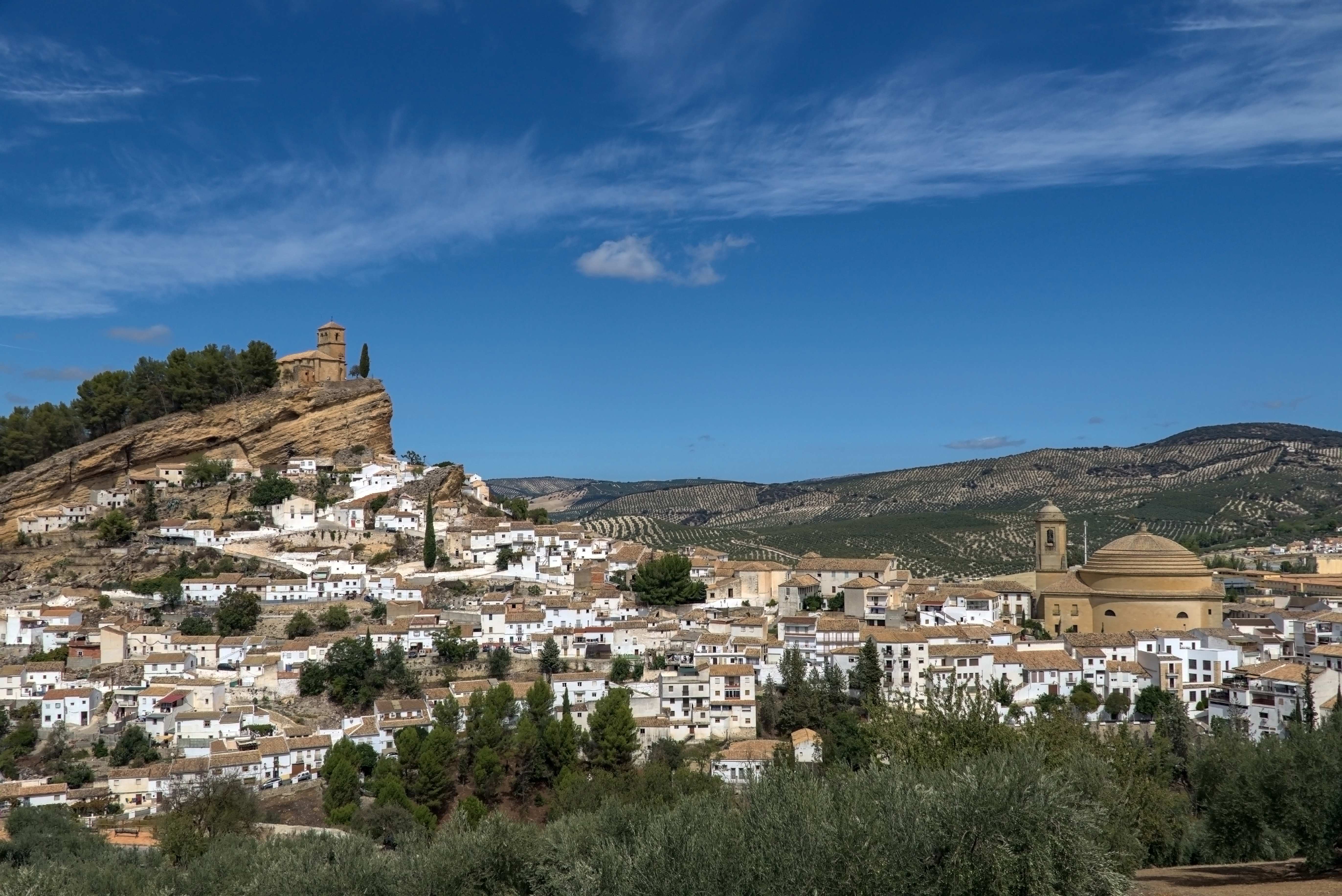
Granada is a stunning Spanish city located in the region of Andalusia. It's famous for the Alhambra, a Moorish palace and fortress that attracts millions of visitors each year. The city is also known for its rich history, vibrant culture, and delicious tapas.

Granada is a stunning Spanish city located in the region of Andalusia. It's famous for the Alhambra, a Moorish palace and fortress that attracts millions of visitors each year. The city is also known for its rich history, vibrant culture, and delicious tapas.


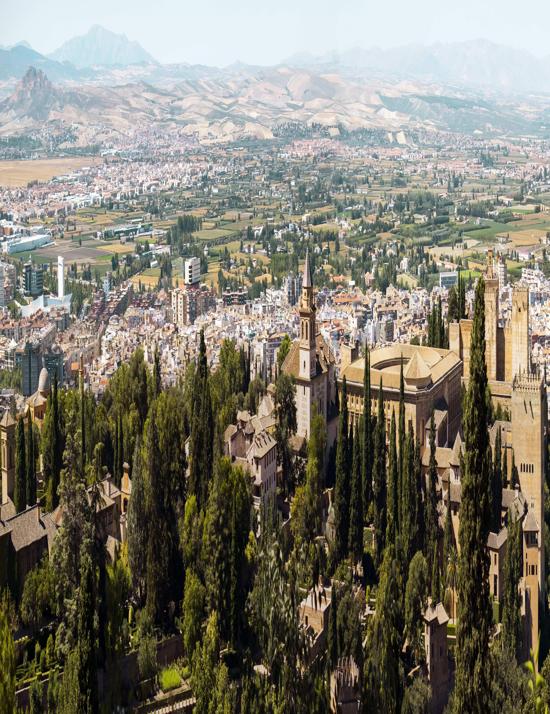
The Alhambra is a stunning palace and fortress complex in Granada, Andalusia, Spain. Originally built in AD 889 by the Moors, it was later renovated and expanded by the Nasrid dynasty in the 13th century. The Alhambra showcases the intricate Islamic architecture and intricate carvings, reflecting the rich history and culture of the region. The palace is surrounded by lush gardens, fountains, and courtyards, making it a beautiful escape from the bustling city. Today, the Alhambra is a UNESCO World Heritage site and a must-visit for history enthusiasts and nature lovers.
Generalife is a stunning palace and garden complex located in Granada, Andalusia, Spain. It was originally built as a summer retreat for the Nasrid sultans of Granada and stands adjacent to the Alhambra, the famous Moorish palace. Nowadays, Generalife is a UNESCO World Heritage Site, welcoming visitors to experience the beauty and tranquility of its lush gardens, tranquil courtyards, and elegant architecture. Designed in typical Moorish style with intricate carvings, fountains, and pools, the Generalife offers a serene escape from modern city life. Marvel at the Patio de la Acequia, a splendid courtyard with water channels and jets, or explore the Jardín de la Sultana, an enchanting garden reminiscent of the Arabian Nights. With stunning views of Granada, the Sierra Nevada Mountains, and Alhambra, Generalife is a must-visit destination for history and nature lovers alike.
Catedral de Granada, also known as the Granada Cathedral, is a majestic and grand Roman Catholic church situated in the heart of Granada, Andalusia, Spain. The cathedral was built in the 16th century and showcases an exquisite fusion of Renaissance and Gothic architectural styles. With its intricate detailing, beautiful stained glass windows, and towering high ceilings, the cathedral is a masterpiece of design and engineering. The magnificent altar stands as the focal point of the cathedral and boasts remarkable sculptures and artwork.
Abadía del Sacromonte is a remarkable 17th-century abbey located in Granada, Andalusia, Spain. Known for its unique history and stunning architecture, this religious site offers incredible views of the Alhambra and the city of Granada. Visitors can explore the rich cultural heritage of this sacred location by touring the museum, church, and catacombs, where the ancient relics of the city's patron saints are preserved. The picturesque landscape of the surrounding Sacromonte district is a haven for nature lovers and provides several walking trails with breathtaking views. Don't miss the chance to experience the REAL flamenco shows in the traditional cave dwellings of the region.
Mirador de San Nicolás is a famous viewpoint situated on a hilltop in the Albaicín neighborhood of Granada, Andalusia's gem city. It offers a breathtaking panoramic view of the stunning Alhambra Palace and the Sierra Nevada Mountains in the background. This charming spot is popular among locals and tourists for its relaxed atmosphere, narrow streets, and whitewashed houses. With its beautiful sunsets, this viewpoint turns into a mesmerizing scene at dusk and attracts street musicians and artists, creating a vibrant yet laid-back setting.
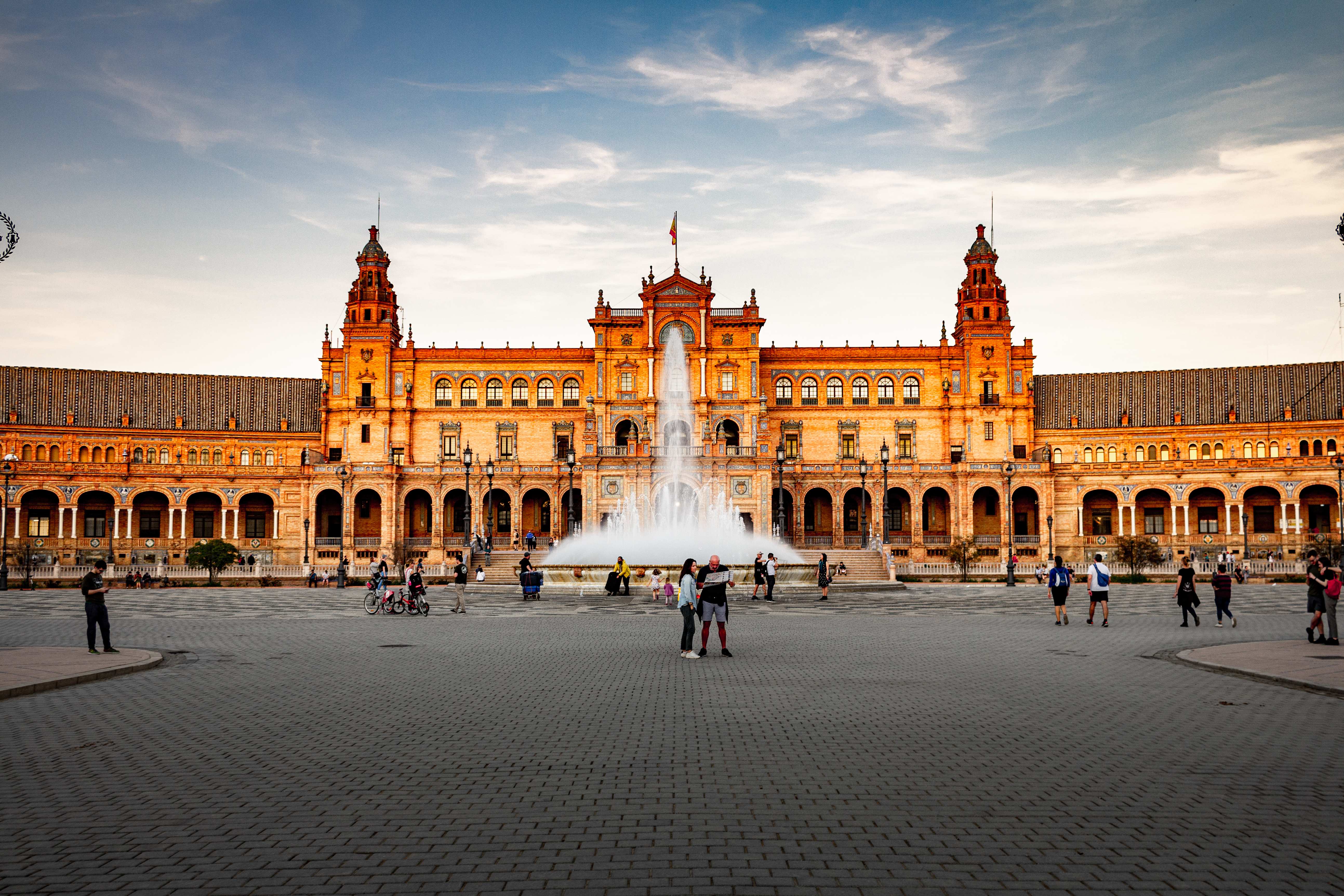
Seville is the capital of southern Spain's Andalusia region. It's famous for its rich Moorish heritage, vibrant culture, and historic landmarks such as the Alcázar palace complex, the Gothic Seville Cathedral, and the Giralda minaret-turned-belltower.
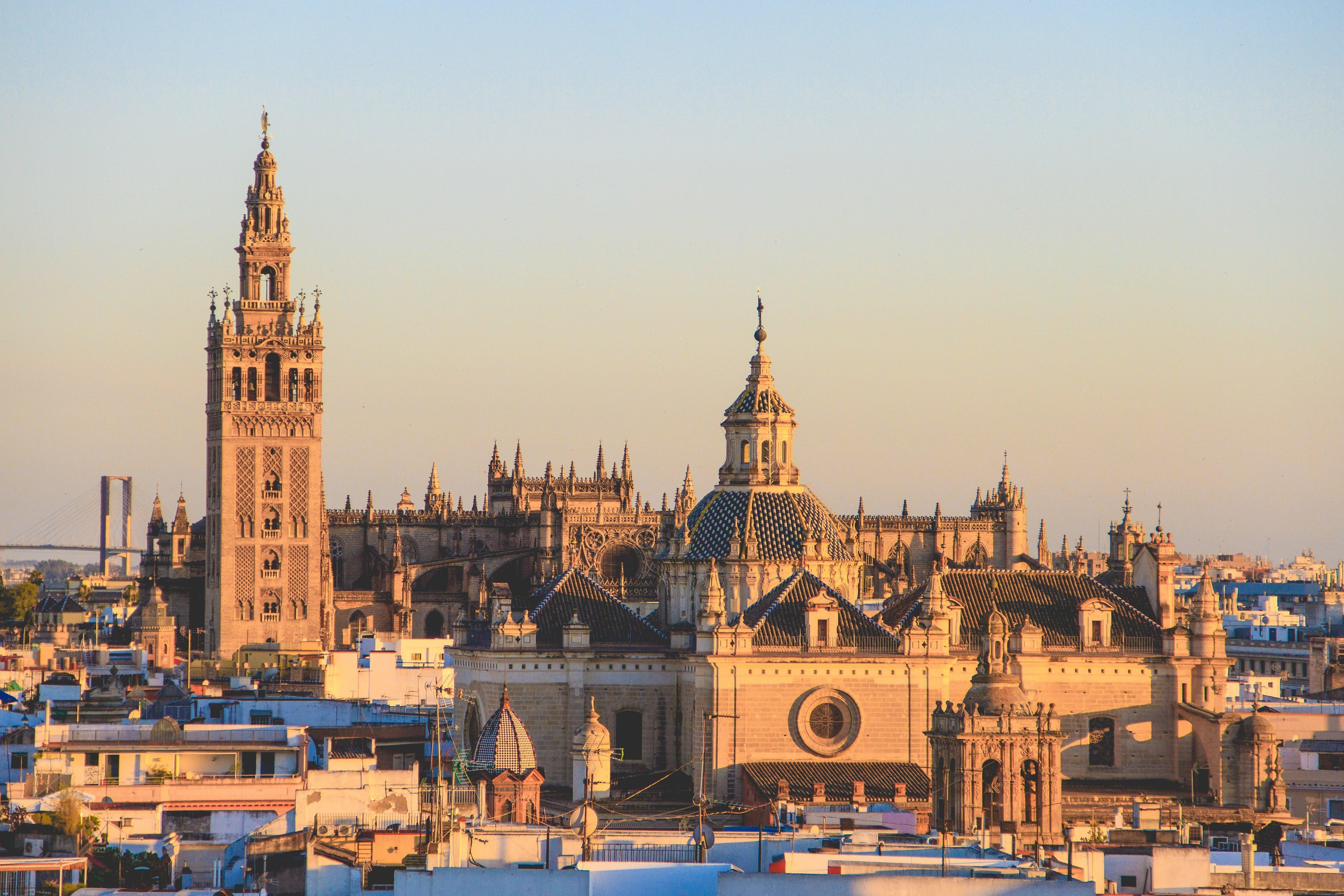
Seville is the capital of southern Spain's Andalusia region. It's famous for its rich Moorish heritage, vibrant culture, and historic landmarks such as the Alcázar palace complex, the Gothic Seville Cathedral, and the Giralda minaret-turned-belltower.
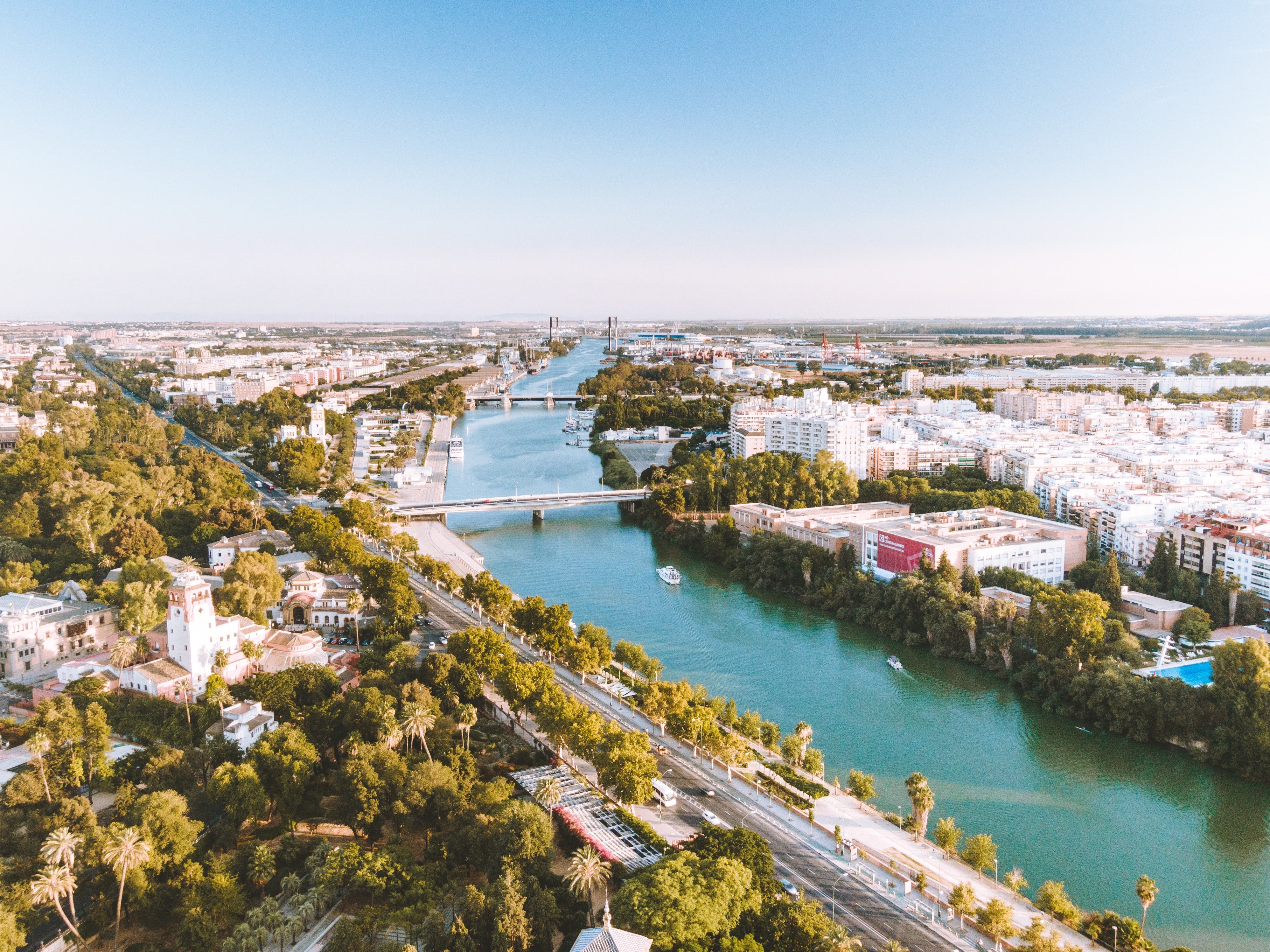
Seville is the capital of southern Spain's Andalusia region. It's famous for its rich Moorish heritage, vibrant culture, and historic landmarks such as the Alcázar palace complex, the Gothic Seville Cathedral, and the Giralda minaret-turned-belltower.



The Royal Alcázar of Seville is a stunning palace complex that showcases a blend of Moorish and Christian architectural styles, located in the heart of Seville, Andalusia in Spain. Originally built as a Moorish fort, the Alcázar has been continuously expanded and modified throughout the centuries, serving as the residence of numerous Spanish monarchs. Visitors to the Royal Alcázar can marvel at the beautifully intricate plasterwork, colorful tile mosaics, and lush gardens that fill the palace grounds. This UNESCO World Heritage site is not only a testament to Spain's rich history, but also a vibrant cultural center that hosts concerts, exhibitions, and other events.
Catedral de Sevilla, also known as Seville Cathedral, is located in the historic city of Sevilla, Andalusia. It is a significant symbol of the city's history and offers a rich blend of Gothic and Moorish architecture. Completed in the 16th century, the cathedral is the third-largest in the world and boasts the largest Gothic nave. It is home to La Giralda, a stunning bell tower, which was formerly a minaret of the Great Mosque that preceded the cathedral. Visitors can marvel at the exquisite craftsmanship, ornate details, and numerous art pieces, as well as the stunning views from La Giralda.
Plaza de España is a breathtaking architectural marvel located in Sevilla, Andalusia. Designed by Aníbal González, it was built as the centerpiece of the 1929 Ibero-American Exposition. This plaza exhibits a mix of Renaissance Revival and Moorish Revival styles, featuring a semi-circular brick building adorned with colorful ceramic tiles. The expansive square is surrounded by canals and beautiful bridges, and it's a popular spot for tourists to enjoy a relaxing boat ride. The Plaza is also the perfect setting for picturesque photos, with vibrant gardens, fountains, and tiled alcoves representing different Spanish provinces.
Parque de María Luisa is a stunning public park located in the heart of Seville, Andalusia. Known for its lush green spaces, beautiful fountains, and historic monuments, the park attracts visitors from all around the world. The María Luisa Park is spread over 100 acres, featuring numerous gardens, walkways, and picturesque plazas, such as the famous Plaza de España. The park once belonged to the San Telmo Palace, and in 1893, it was donated to the city by the Infanta Luisa Fernanda, the Duchess of Montpensier, thus being named in her honor. This oasis in the midst of the bustling city of Seville offers a tranquil retreat for nature lovers and history enthusiasts alike.
Triana, Sevilla, located in the fascinating region of Andalusia, is a vibrant neighborhood in the city of Seville, steeped in rich history and culture. Triana, known for its stunning ceramics and intricate tile designs, is home to the renowned Museum of Ceramics and multiple impressive tile shops. The famous Mercado de Triana is also a focal point, where locals and visitors alike can discover the abundant Spanish flavors and buy local products. Stroll along the picturesque Calle Betis, explore the beautiful churches such as the Church of Santa Ana or simply enjoy the bustling tapas scene and lively flamenco bars.
Setas de Sevilla, also known as Metropol Parasol, is a stunning wooden structure located in the heart of Seville, the capital of Andalusia. Designed by the German architect Jürgen Mayer, it was completed in 2011 and has become an iconic landmark of the city. The futuristic design features six mushroom-shaped parasols, inspired by the vaults of the Seville Cathedral and the ficus trees in nearby Plaza de Cristo de Burgos. Setas de Sevilla is a popular tourist attraction as it offers a panoramic view of the city from its walkway, a fresh food market, and an archaeological museum that showcases Seville's fascinating history.
Would you like to have a quick tour of our site?
Certainly! Visiting these cities in Spain is always a good idea. Here are some travel tips to make your journey hassle-free and enjoyable:
Best Time to Visit:
The ideal time to visit these cities in Spain is during the months of March to May (spring season) and September to November (fall season). Avoid summer, especially August, as it can be very hot, and many places might be closed too.
Route and Accessibility:
Start your journey in Madrid and then continue towards Valencia, Barcelona, Granada, and end in Sevilla. Spain has an excellent rail network which will allow you to travel comfortably between these major cities.
Altitude and Acclimatization:
These cities are on a relatively low altitude, hence you won't have to worry about any acclimatization issues.
Accommodation and Booking:
Spain has a wide range of accommodations to suit every budget. Book your accommodations in advance, especially during peak tourist seasons. Be sure to consider the location of your accommodations in relation to the city center and the attractions you plan to visit.
Clothing and Essentials:
Pack lightweight, breathable clothes if you're visiting in the spring or fall, but also a jacket or two for cooler evenings. During the summer pack sunblock, hat and sunglasses. Remember comfortable shoes for walking and sightseeing.
Health and Safety:
Spain is generally a safe country. For health, if you have a pre-existing medical condition, make sure you bring all your necessary medications. Tap water is safe to drink, but keep yourself hydrated if you're visiting in the hot summer months.
Local Etiquette and Respect:
Spaniards are relaxed and leisurely, so don't rush or be impatient. Respect their local culture and traditions, especially during festivals. When visiting churches or religious sites, dress modestly. Try to learn a few basic Spanish phrases, it will be appreciated.
Are you sure you want to delete this Account?
